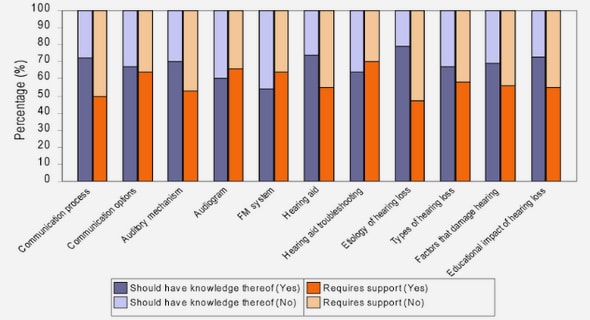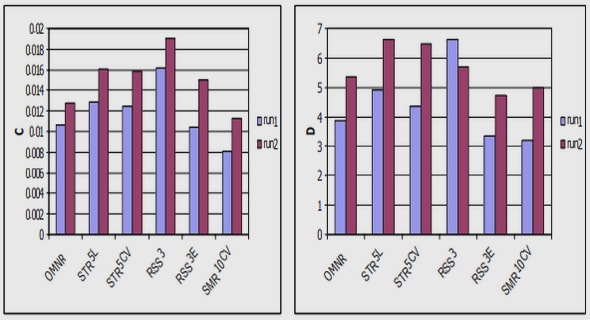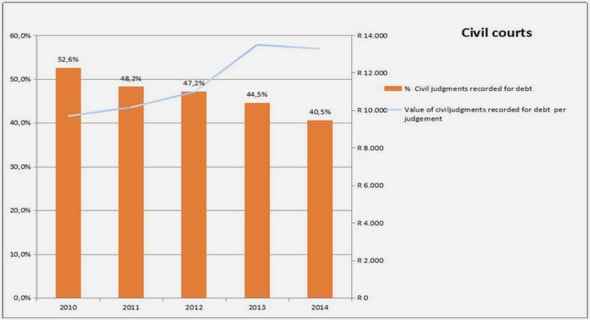Get Complete Project Material File(s) Now! »
Switched Mode Power Supply
Considering the multiple DC voltage levels required by many electronic devices, designers need a way to convert the standard power source potentials into the voltages dictated by the load [2]. The voltage level required by the attached load requires a system that could provide regulated supply at an appropriate level, and this conversion should be made through an efficient process. The latest technology devices de-signed to perform efficiently in different areas require a reliable power source. Switched mode power supplies are designed to convert supplied AC or DC to an appropriate DC level, mostly for applications requiring low power. Unlike linear regulators they are low in cost, suitable in size and weight with high overall performance.
The functionality of SMPS is divided in two main parts: power circuit and control unit. The power circuit consists of a switch device which is the main part of a supply design. The provided input supply is rectified and given to the switch. The switch works on gate signal having high frequency provided by the control unit to transfer the power from input to output. Switching frequencies are in the range of kHz to MHz which is the main reason for size reduction of passive components such as capacitors, inductors and transformers. Similar steps are taken to reduce the losses generated by the increasing of switching frequencies.
The control unit controls the output voltage supplied to load by provid-ing high frequencies to the switch. The signal provided to the gate of switch is a pulse width modulated (PWM) signal having a frequency that decides the switch’s ON and OFF duration.
DC-DC Power Converter
Power converters play an important role in converting supplied power to the required power by circuits. The power requirement of the latest technology devices that mostly contain sub-circuits need to be fulfilled efficiently due to their own separate voltage requirement. The source of power supplied to laptop computers and cellular phones are batteries, and this supplied power is further converted to an appropriate level according the requirement of the sub-circuits performing separate operations. DC to DC power converters make an electronic circuit used to convert one DC voltage level to another. In the following sections, DC to DC converters and its types are explained in detail.
Boost Converter
A boost converter or step-up converter is a type of DC to DC converter used to convert DC input voltage to a level higher than the supplied input voltage. Switched-mode power supplies follow the boost converter topology, which makes one of the common examples of non-isolated switched-mode power supplies. The converted output voltage is supplied to connected load after passing through different stages of switching, storage and filtering. The boost converter contains an inductor, a capacitor, a transistor and a diode as main components.
Conduction Modes
The energy stored in the transformer primary is transferred to the secondary winding in the OFF state of the switch. This energy transfer mechanism is divided in two main modes as continuous conduction mode (CCM) and discontinuous conduction mode (DCM) .
Continuous Conduction Mode (CCM)
The complete transfer of energy is not carried out in this mode, as a part of the energy remains in the transformer until the next ON cycle starts. The energy provided to the load, which was initially stored in the trans-former primary, is not the same as stored, however, the load is ener-gized with most of the stored energy and the rest of the energy remains in the transformer at the beginning of the next ON cycle.
The switch voltage that is the sum of the input applied voltage and reflected back voltage is analyzed as Vdrain and is clearly visible in Figure 11. Depending on the gate signal that turns the MOSFET ON and OFF, drain voltage and diode current build at the OFF-cycle of the switch. The primary current at primary inductor starts rising from the moment the switch turns ON. The primary current reaches the value of Ip starting from Io. This can be written in equation form of as The duty cycle represented as D where T is the time period of the switching cycle. The reflected secondary voltage measured when the switch is in the OFF-state is described in an equation with relation to output voltage, turns ratio and duty cycle. Vin D ( Ni )Vo (1 D) (12) N 2.
Discontinuous Conduction Mode (DCM)
In this energy transfer mode when MOSFET turns ON, the primary current starts rising from zero to peak value. The peak current in DCM could be twice or more to CCM peak current. Following the same steps of energy storage mechanism as CCM, energy is stored in the primary winding until the switch is in the ON-state. During the switch’s OFF-period, complete transfer of energy is made, which was stored during the ON-state. From Figure 12, it is clear that the secondary current goes to zero until next the ON-cycle appears [10].
Zero Current Switching
In ZCS technique the switch turns ON and OFF at zero current. As the device turns ON or OFF at zero current the product of the device voltage and current during transition is zero, which eliminates the switching losses. The current waveforms are smoothened by introducing resonant elements, networks having a capacitor ‘C’ and inductor ‘L’ [13].
Zero Voltage Switching
Turning the switch ON at higher voltages generates switching noise which results in high noise generation and switch circuitry problems. In ZVS the switch turns ON when the drain to source voltage reaches zero, which is also said to be zero voltage switching [13]. To obtain the con-verters working on ZVS technique, resonant capacitor Cr is connected in parallel to the switch and resonant inductor Lr in series with the parallel circuit of capacitor and switch. The resonant capacitor Cr absorbs the output capacitance Co which causes ripples in combination with the primary leakage inductance. The power MOSFET itself contains an antiparallel diode which blocks the negative voltage by less than -0.7V. As the switch allows only voltage in one direction and blocks the nega-tive voltage until it reaches the specified level, therefore this switch acts as unidirectional for voltage and bidirectional for current [11]. This methodology is preferred for high frequency applications. The parasitic capacitance across the switch stores energy when the switch is OFF and releases this stored energy during the ON-cycle. This issue of interfer-ence is solved using the ZVS converters at high frequencies [14].
Table of contents :
1 Introduction
1.1 Background and problem motivation
1.2 Overall aim
1.3 Clear and Verifiable Goals
1.4 Scope
1.5 Outline
2 Theory
2.1 Linear Power Supply
2.2 Switched Mode Power Supply
2.3 DC-DC Power Converter
2.3.1 Boost Converter
2.3.2 Buck Converter
2.3.3 Flyback Converter
2.4 Conduction Modes
2.4.1 Continuous Conduction Mode (CCM)
2.4.2 Discontinuous Conduction Mode (DCM)
2.5 Switching Techniques
2.5.1 Hard Switching
2.5.1.1 Hard Switching Issues
2.5.2 Soft Switching
2.5.2.1 Zero Current Switching
2.5.2.2 Zero Voltage Switching
3 Related Work
4 Methodology/Model
4.1 Converter Circuit Design
4.2 PCB Design for Converter
4.3 Switch Control using dsPIC Processor
4.4 Converter Integration by Utilizing Planar Transformer
5 Design and Implementation
5.1 Converter Main Modules
5.2 Converter Hardware Design
5.2.1 dsPIC33FJ16GS502 Microcontroller
5.2.2 Gate Driver
5.2.3 CoolMOS IPL60R385CP Power MOSFET
5.2.4 Transformer and Load
5.2.5 Circuit and PCB Design for Converter
5.3 Converter Implementation
5.3.1 Gate Driver Signal
5.3.2 Converter Open Loop control
6 Results
6.1 Quasi Resonant Mode
6.1.1 Parameters Variance
6.1.1.1 Input Voltage
6.1.1.2 Duty Cycle
6.1.1.3 Connected Load
7 Discussion
7.1 Ethics and Impact on Society
8 Conclusion
8.1 Future Work
References


